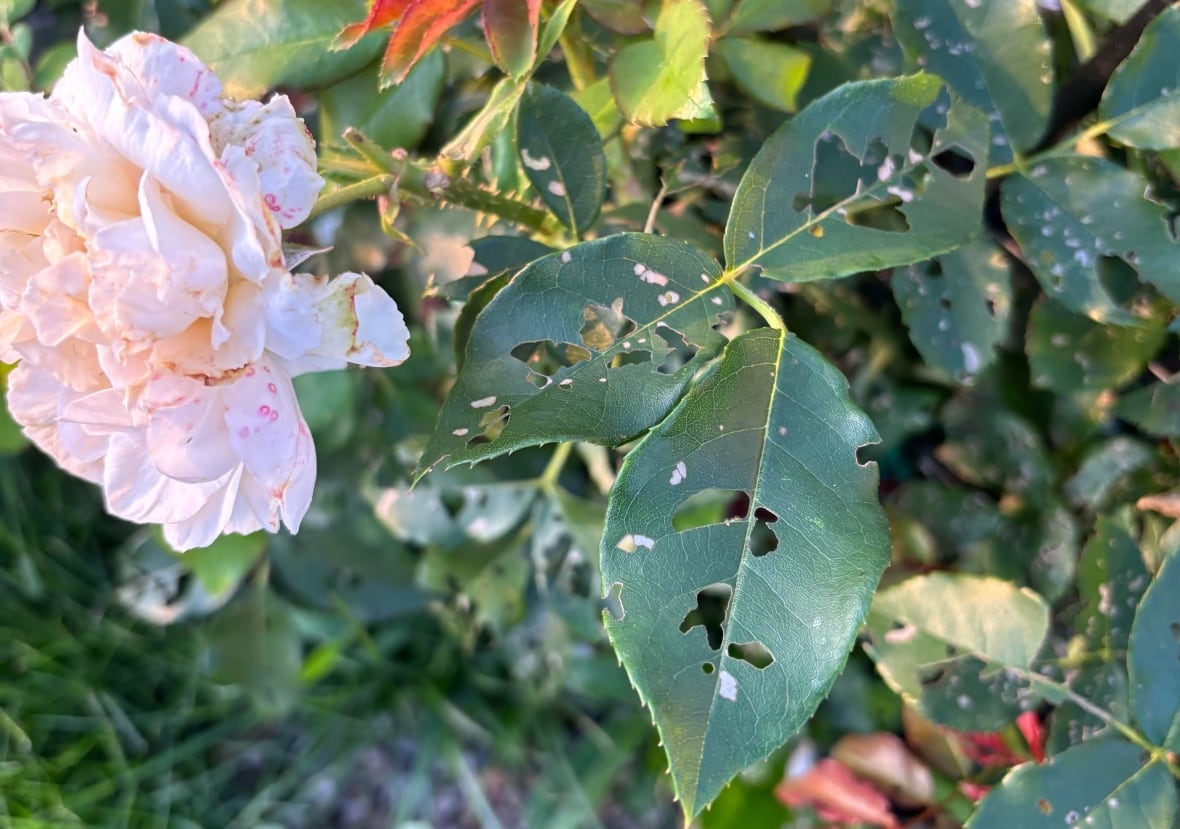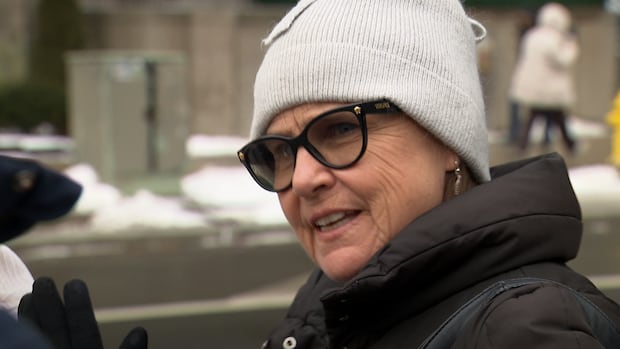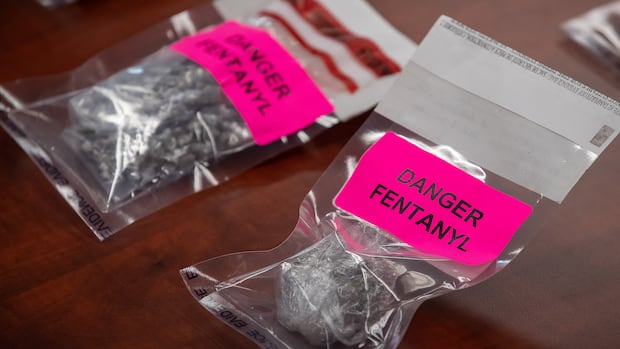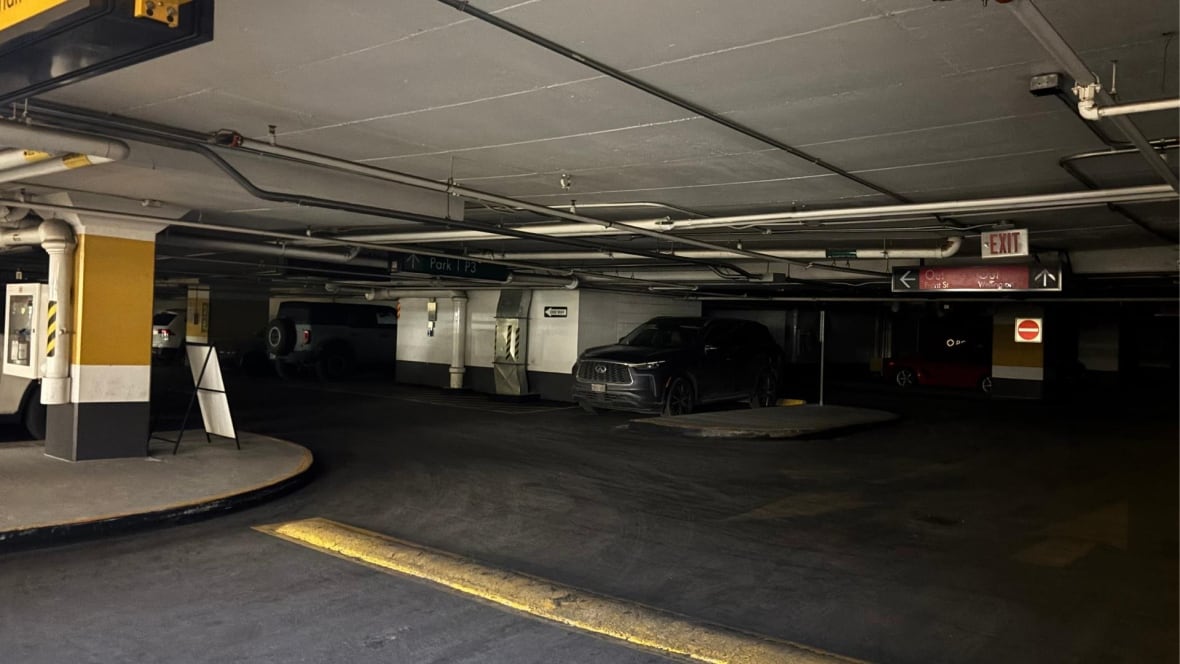Kamloops city council is holding a closed council meeting this week to consider putting aside $200,000 to deal with invasive species management.
It comes a few months after the discovery of 11 Japanese beetles in Kamloops — a first for the B.C. Interior.
And there are likely more than that number out there, according to Gail Wallin, the executive director of the Invasive Species Council of B.C.
She says it will take a collaborative effort to keep the population down in order to get it to zero.
“It’s not a find we’re happy to have, but we’re happy that it was found early,” Wallin told Daybreak Kamloops on Tuesday. “It will not be a surprise if there are more than 11 beetles found in 2025. Hopefully, they’ll all be found in the same area that’s going to be treated.”
Daybreak Kamloops7:43Invasive Species Council of BC urges action on Japanese beetles in Kamloops
Last year, the Canadian Food Inspection Agency detected 11 Japanese beetle in Kamloops and this could pose a major issue if not addressed.
Japanese beetles can disrupt food systems
The Japanese beetle, as its name suggests, comes from Japan.
“It’s actually a beautiful beetle,” said Wallin. “But it’s very devastating to our landscape.”
The beetles attack over 300 different species of plants, such as roses, and can also damage turf and trees. They also affect potatoes, tomatoes and blueberries.

“These are a big concern, and that’s why when it was first found in 2017, industry, non-profits, the federal government, and provincial government all said, let’s work together to eradicate this beetle from British Columbia.”
She says that once established, the beetles become difficult and expensive to eradicate. They affect food crops, tree cover and create “perpetual economic and environmental loss.”
Wallin says the consequences could be serious if money isn’t invested to stop them.
“If you don’t act on this quickly and you wait until the beetle population builds up and spreads to new areas, then that’s going to be a concern not just to Kamloops but to some of the surrounding areas.”
Combined effort
The Canadian Food Inspection Agency’s role in the response is surveillance — trapping the beetles and seeing where they are — and establishing regulatory controls to prevent further spread.
Kate Mumford, the CFIA inspection manager for Plant West in B.C., says that the response will be collaborative, involving governments at the federal, provincial and municipal levels, along with industry and other stakeholders such as the Invasive Species Council.

She says that a regulated area still has to be set up, but they’re working with the City of Kamloops to finalize plans to minimize the spread of the beetles once they become active again.
“There will be far more traps out than there were last year, just so we can tell where those populations are moving to, and so we have a better idea of where the beetle is,” said Mumford.
“We’ve been doing this response for years. It is a well-oiled machine, and I think that there’s been a lot of work done by other municipalities that Kamloops can mirror.”
So far, no other beetles have been found in Kamloops.
Kamloops well positioned for the fight, expert says
B.C.’s Lower Mainland has been trying to manage the beetles since they first showed up in Vancouver in 2017.
Now, the Vancouver Park Board’s Integrated Pest Management co-ordinator, Sophie Desserault, said they’re down to zero beetles.
“Our first year of sampling was almost 8,300 beetles, and they found 11 there,” she said. “The number’s going to go up a little bit because chances are they didn’t catch everything, but they’re starting lower than we were, and hopefully they’ll get to zero much faster.”
On The Coast6:39Vancouver sees progress on eradication of Japanese beetle
Gail Wallin, Executive Director of the Invasive Species Council of BC, speaks with On The Coast about how the war against the invasive species is inching closer to victory.
Burnaby and Port Coquitlam have also been through a couple of seasons managing the invasive beetles and have experience with common treatments like containing soil and plants within the boundaries of the regulated area.
While Vancouver didn’t find any Japanese beetles in 2024, it will be continuing treatment for at least the rest of this year. Desserault called it a huge win for the city, and said that they have lessons to pass onto Kamloops.
“When Vancouver started, we had no clue. We didn’t know how long it was going to take to do these treatments … we basically had to just dive in and try stuff out to see what worked,” she said.
“[Alongside Burnaby and Port Coquitlam], we’re now kind of onboarding Kamloops and giving them whatever support we can give them.”
#Invasive #Japanese #beetles #year #Kamloops #time












Leave a Reply